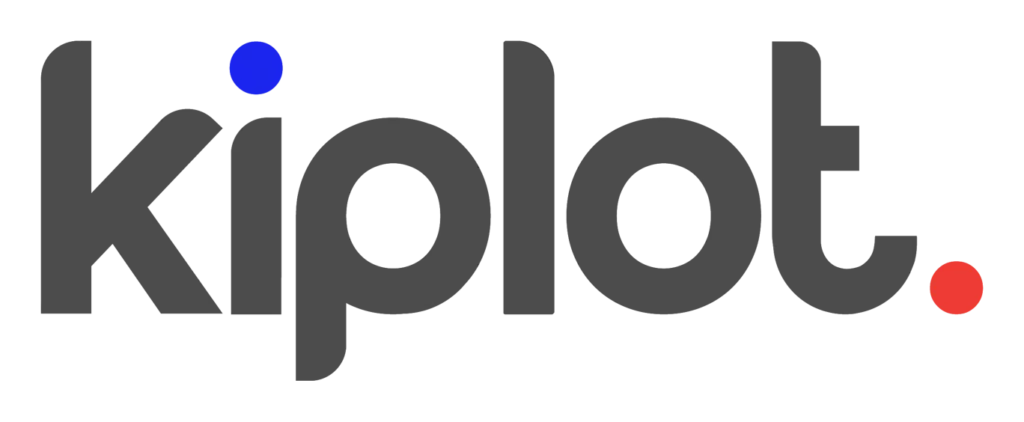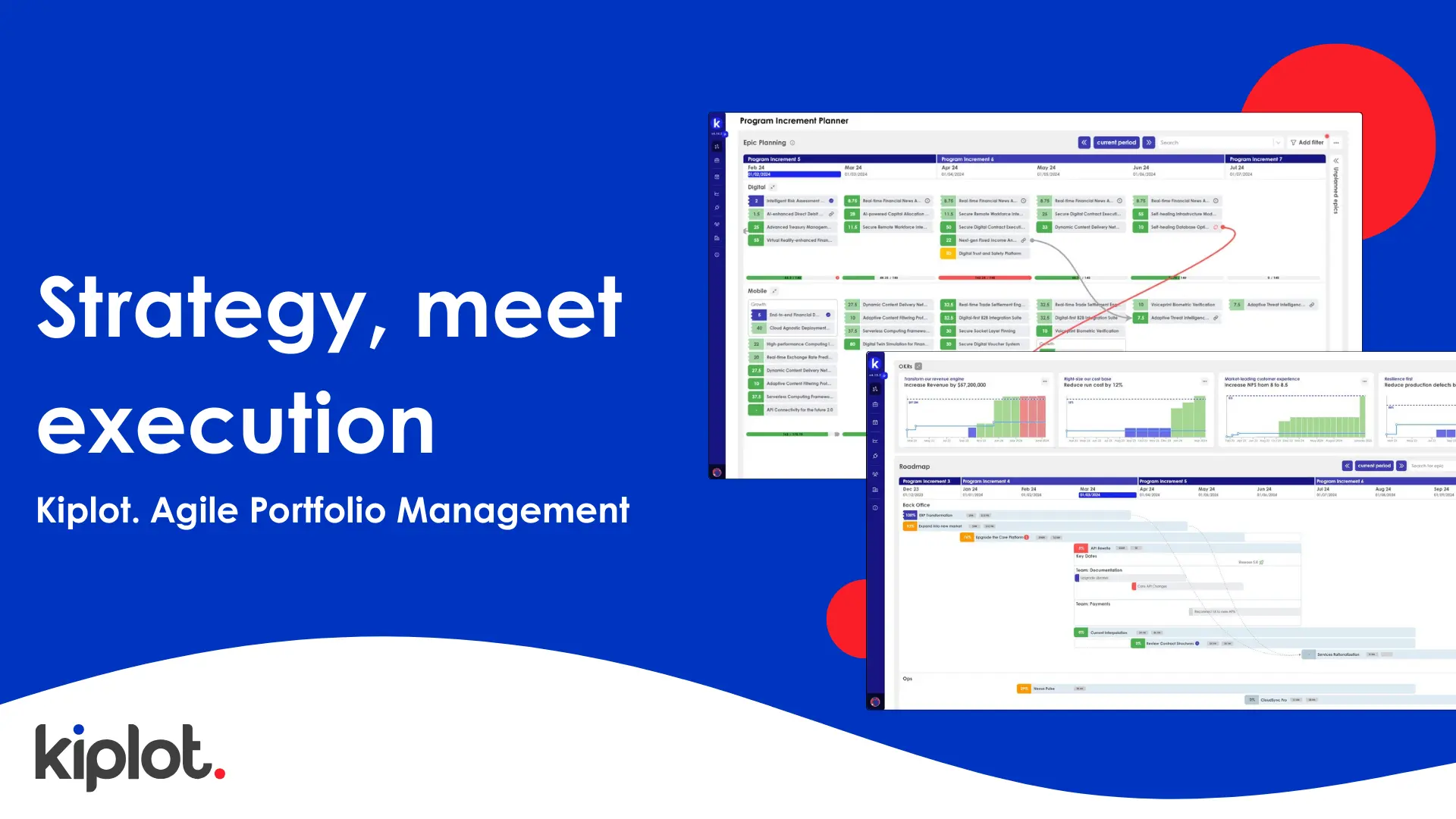Agile has reshaped the way organizations deliver value, offering flexibility and faster response times in an ever-changing market. Yet as Agile scales across teams and business units, many enterprises are encountering a significant challenge—Agile burnout. The demands of continuous delivery, high-velocity cycles, and constant adaptation can take a toll on teams, creating a risk that the very processes designed to boost value creation may end up diminishing it.
For enterprise organizations, Agile burnout isn’t just a team-level issue. Left unchecked, it can impact the entire organization, draining resources and slowing down strategic progress. The solution isn’t to pull back on Agile but to continue to recalibrate it, applying practices that keep it sustainable and aligned with evolving business needs. With a strategic approach, Agile can continue to drive results without overloading teams or creating a cycle of fatigue.
This guide offers enterprise organizations frameworks for preventing Agile burnout. From aligning Agile workstreams to building flexible frameworks and integrating multi-layered KPIs, these approaches are designed to keep Agile both resilient and high-impact. By adopting these practices, leaders can make Agile a lasting asset that supports long-term growth across the organization.
Fit the framework to you
Scaling Agile across an enterprise often reveals a common pitfall: a one-size-fits-all framework leads to rigidity and, ultimately, burnout. When teams are forced to follow a single Agile framework, they lose the flexibility that Agile is meant to provide. Preventing burnout at this level requires an adaptable framework that empowers teams to choose the practices that work best for their unique objectives, while staying aligned with overarching goals.
To make Agile frameworks work at scale, consider building a hybrid Agile architecture. Rather than mandating one approach (like SAFe or Scrum), create a toolkit of framework components that teams can “plug and play” based on their needs. This might involve combining elements from Scrum for short sprints, Kanban for managing workflow, and Lean principles to optimize efficiency.
Start by identifying which components align best with each business unit's goals and workflows, then establish a core framework that allows for variation. With this hybrid approach, teams gain the flexibility to adjust their Agile processes without feeling restricted, reducing the risk of burnout.
Another powerful approach is to introduce a Framework Adaptability Index (FAI) to regularly assess and adjust framework effectiveness across teams. FAI can be implemented by defining performance and burnout indicators (such as velocity trends, team capacity, or satisfaction metrics) that reflect how well each Agile framework is working. At scheduled intervals, teams evaluate their FAI scores and can adjust frameworks based on the data. This way, teams aren’t locked into one model but are empowered to evolve their Agile approach based on real needs, enhancing resilience and sustaining motivation.

Measure what matters most
Agile burnout often starts when teams are measured on short-term productivity rather than meaningful outcomes. When success is defined by velocity or sprint completion, there’s pressure to keep up the pace, but it doesn’t always connect to real impact. To make Agile sustainable, it’s essential to focus on metrics that reflect long-term value, giving teams a clear sense of purpose.
A good starting point is multi-layered KPIs that capture different dimensions of Agile success. Instead of relying solely on story points or velocity, include metrics for operational efficiency, learning, and customer impact. Operational metrics like time-to-market or cycle efficiency offer insights into productivity without demanding constant speed. Learning-focused KPIs track improvements over time, such as experiment success rates or knowledge-sharing, which fosters a growth-oriented environment. Finally, customer-centric metrics like user satisfaction or adoption rates connect Agile efforts to real-world outcomes, reinforcing the value of each team’s work.
To keep these metrics relevant, consider using an outcome calibration framework to adjust them based on evolving business needs. By periodically reviewing KPIs, leaders can align Agile metrics with the organization’s current priorities. For instance, if market demands shift, the framework can emphasize time-to-market and customer feedback over internal productivity measures, helping teams stay focused on what matters most.
Adaptability builds resilience
As Agile scales across an enterprise, teams encounter near-constant change. New priorities, evolving goals, and iterative cycles can all take a toll, making resilience a critical factor in sustaining Agile. To prevent burnout, organizations need an adaptive approach to change management that actively supports team well-being and maintains steady momentum.
One effective approach is using a Change Resilience Index (CRI) to track how well teams are handling Agile demands over time. CRI integrates metrics like workload balance, team capacity, and satisfaction scores, offering a snapshot of each team’s resilience. With regular CRI assessments, leaders can spot signs of strain early and make adjustments to workloads or project timelines before stress escalates. This proactive view on resilience allows Agile teams to operate at a sustainable pace, even as the organization adapts to new challenges.
For teams under high pressure, resilience sprints provide dedicated time to recover and recalibrate. Instead of focusing solely on delivery, these sprints emphasize skill-building, process improvements, or even cross-team collaboration, giving teams space to step back and refresh. Resilience sprints not only prevent burnout but also allow teams to build skills that enhance long-term performance.
Stay aligned with what matters most
Agile initiatives lose effectiveness when there’s a disconnect between daily work and evolving business priorities. To keep Agile sustainable as it scales, organizations need a system for adaptive alignment that prevents teams from working on initiatives that no longer drive strategic value.
One effective approach is to build an adaptive strategy map that integrates with existing Agile portfolios and refreshes in real time. Unlike a static roadmap, an adaptive map can be connected to data sources that track market conditions, project performance, and key OKR changes across the organization.
To implement this, start by identifying core metrics that signal strategic shifts, such as changes in market demand, customer insights, or executive goals. By integrating these metrics directly into your Agile planning tools, teams can automatically adjust priorities as changes occur, ensuring work stays relevant. This dynamic, data-driven map becomes a live tool for making immediate adjustments across all Agile workstreams.
Another critical step is establishing a closed-loop feedback mechanism for OKRs. Traditional OKRs are often reviewed quarterly, but for Agile alignment at scale, they need to be more responsive. Closed-loop OKRs tie high-level shifts directly to team-level Agile objectives, using automated triggers that adjust initiatives as strategic goals change. Implementing this requires setting up threshold indicators within OKRs; for instance, if a revenue-based OKR falls below a certain point, Agile teams are automatically prompted to reassess and redirect efforts. This prevents Agile work from drifting off-course and keeps Agile teams connected to measurable business outcomes without constant manual intervention.
Streamline workflows to reduce strain
As Agile scales, teams often face a buildup of iterative cycles, feedback loops, and cross-functional dependencies that clog workflows. The resulting overload of low-impact tasks fragments focus and erodes motivation – a direct path to burnout. To prevent this, organizations need workflows that are lean and resilient, prioritizing high-value work and eliminating inefficiencies.
An effective way to achieve this is through Value Stream Intelligence (VSI), which offers ongoing insights into workflow performance by identifying bottlenecks and inefficiencies across Agile processes. Unlike a static Value Stream Map, VSI continuously integrates data from across the enterprise, highlighting where teams are investing time in low-impact activities. This might reveal, for instance, recurring blockers in cross-functional handoffs or excessive time spent on manual reporting. With VSI, leaders can make targeted adjustments, designing workflows that allow teams to focus on what truly drives value, rather than getting bogged down in repetitive tasks.
Automated workflow monitoring further supports streamlined operations by continuously tracking key efficiency metrics like cycle time, lead time, and workload balance. By setting up automated alerts, teams are notified when workflows deviate from optimal performance. For example, a spike in cycle time within a sprint could trigger a prompt to review recent tasks and identify bottlenecks, such as resource constraints or misaligned priorities. These automated checks help teams catch inefficiencies early, correcting course before stress levels rise.
Conclusion
Enterprise Agile can deliver incredible value, but without the right strategies in place, the pressure to keep up can wear down even the strongest teams. Burnout isn’t an inevitable side effect of scaling Agile – when Agile practices are carefully aligned with real-time goals and supported by adaptive systems, teams are equipped to thrive.
Effective Agile at the enterprise level is about creating a framework that prioritizes relevance, impact, and resilience. With responsive tools, streamlined workflows, and adaptive metrics, leaders can keep Agile initiatives connected to what the business needs most, avoiding the inefficiencies and frustrations that lead to burnout.
Kiplot’s Agile Portfolio Management Software supports this vision by bringing the flexibility and real-time insight needed to keep Agile both high-impact and sustainable.
In the end, an Agile system that scales sustainably is one that serves both the teams and the enterprise as a whole. By investing in these sustainable Agile practices, organizations aren’t just maintaining productivity—they’re building a foundation for long-term growth, where Agile can scale smoothly and teams remain engaged in work that truly drives the business forward.

